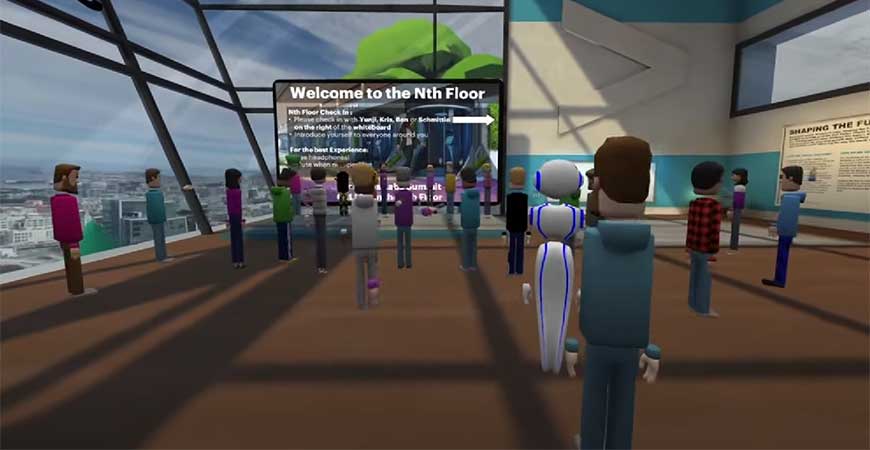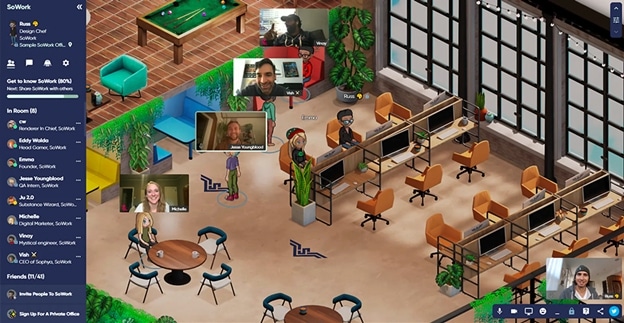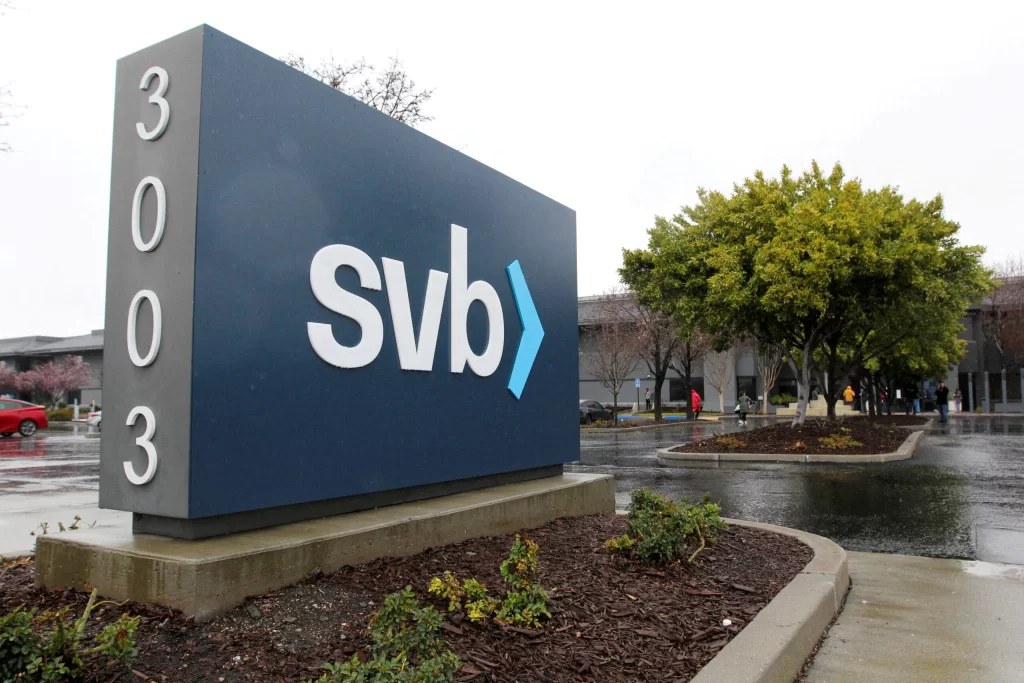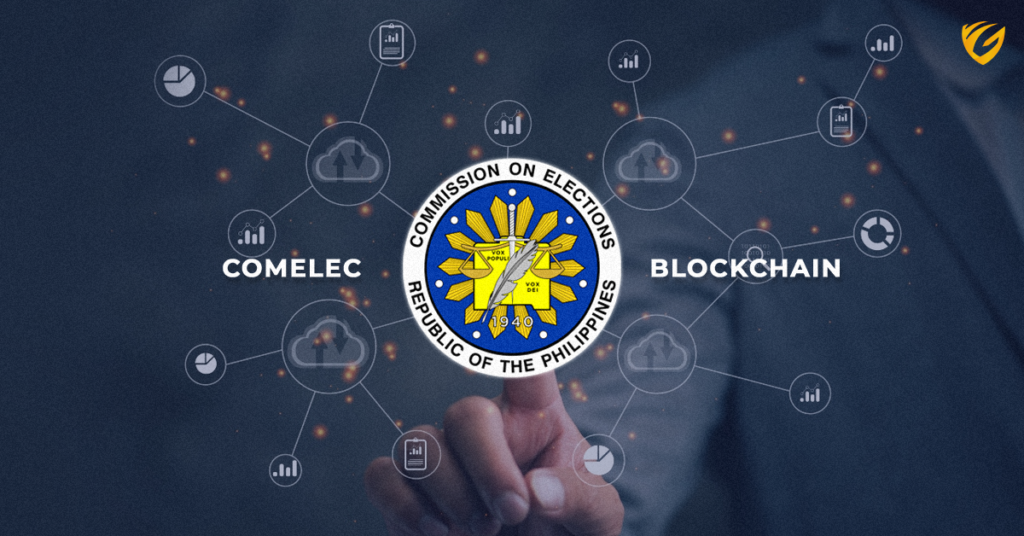The Future of Work in the Metaverse
This is the fifth article of a six-part series exploring the concept of the Metaverse.
Sometimes it’s tough to predict what will happen in the future because technology is constantly advancing.
In the future, it is likely we will spend an increasing amount of time in a virtual reality called the ‘metaverse’. We will enter the metaverse through wearable technologies or VR Headsets and assume digital identities – avatars – which will shop in virtual shopping centres, play games, and socialise with each other. But most importantly, our avatars will work and collaborate in virtual “offices.”

Embedding elements of virtual reality and augmented reality, the metaverse is the next generation of the internet. It combines the elements of online games, social media, cryptocurrencies and online workspaces. The metaverse is gradually becoming a mainstream option combining the advantages of both remote and on-site working models.
Companies at the forefront of technological development are encouraging their employees to assume avatars and to collaborate in virtual environments – and we expect this trend to continue.

What are the benefits of work in the metaverse?
Compared with on-site or remote work, the virtual office and the metaverse offer many advantages over traditional working models.
Reduced rental and running costs
The virtual office has the potential to reduce costs by allowing for reduced physical office space and eliminating the need for large, expensive equipment like copiers and computers. These cost savings can be passed onto customers in the form of lower prices or higher wages for employees.
Cost and time savings for workers
When attending a virtual office, workers don’t need to pay transportation costs or waste time commuting; being able to save time and money enhances staff work-life balance and engagement in their work. Employees can still conduct business as if working from an office location, while saving money at the same time.
More natural interactions
3D virtual spaces allow workers and clients to interact simply and directly with 3D models of products, places and people. This is a more intuitive experience than current remote working can provide.
Visibility and efficiency
Colleagues in a virtual workspace may facilitate a feeling of being part of a team and company. This visibility allows for spontaneous communication, questions and answers, just as in an on-site office, allowing issues to be resolved quickly or tasks to be immediately assigned.
Facilitates more natural socialization
The virtual office also promotes spontaneous discussions and social engagement by allowing users to communicate easily and collaborate with others in real time. For example, a worker’s avatar might turn and chat to someone “sitting” beside them, or spontaneously join an informal work huddle in the corner.

What are the potential downsides of work in the metaverse?
The metaverse allows people to interact in real time from different locations through avatars and voice communication. However, the benefits of such environment are still being debated by experts. Here are the potential downsides of working in the metaverse:
Longer times spent online
In the future, it’s likely that that amount of time spent online will increase even further. With the rise of new technology, people are increasingly spending their time in virtual and augmented realities rather than the real world. Long periods of time spent online might cause eye strain and affect concentration.
Accessibility and expensive tech requirements
The ultimate goal is to provide a seamless and easily accessible metaverse experience to everyone regardless of their physical location. However, to access these virtual worlds, special VR headsets and computer software are required and it might take years before they become widely available and accessible to everyone.
Lack of set rules and governance in virtual spaces
With the metaverse and virtual spaces still relatively new to many, there may not be clear guidance and norms on how to behave in the virtual setting (e.g. what might be seen as rude or unacceptable). Rules and norms are needed in order to promote positive behaviors, while maintaining worker engagement and wellbeing, and preventing harassment or bullying.
Privacy and monitoring concerns
Workspace virtualization allows organizations to monitor and observe workers in a central location and in real time; therefore, companies operating entirely in a single virtual space have a greater opportunity and means for monitoring the presence and activity of their workers. While performance tracking in remote teams is constructive, over-monitoring can be stressful for workers, resulting in lowered engagement and productivity.

CONCLUSION
While working entirely in the metaverse presents its own difficulties of managing work behaviors in an environment where social rules are not in place and normal work practices have yet to be established, it presents opportunities as well.
Work in the metaverse is more accessible and leads to greater connectivity between people, allowing for more collaboration across geographic boundaries.



